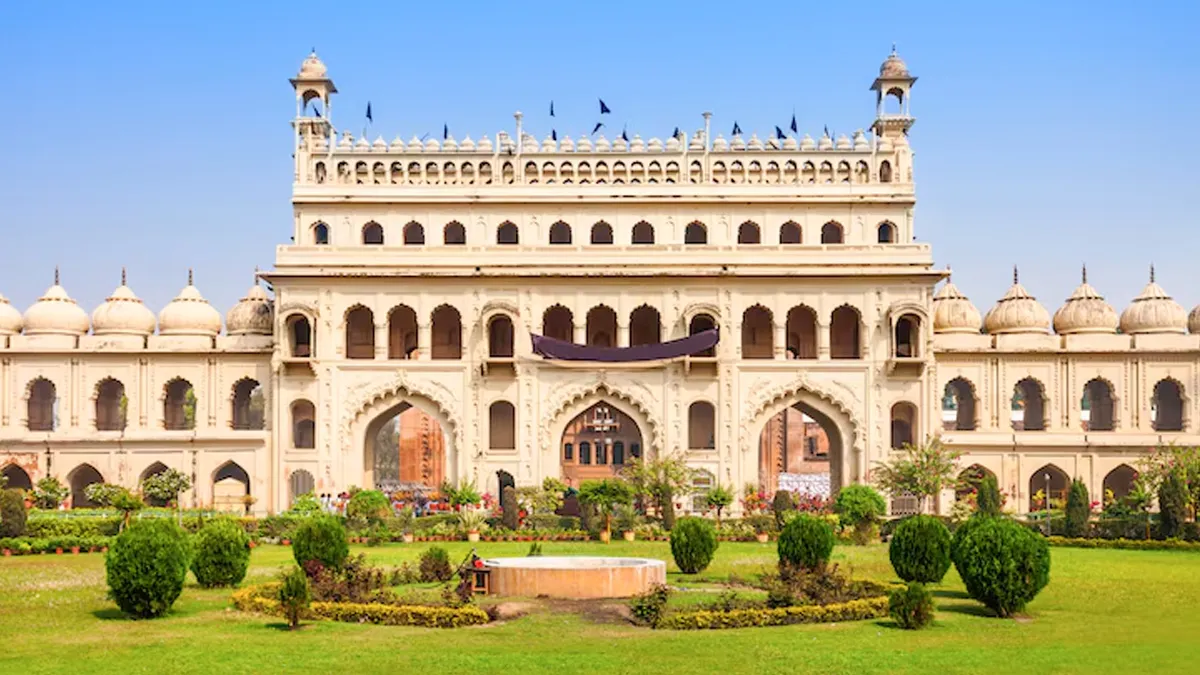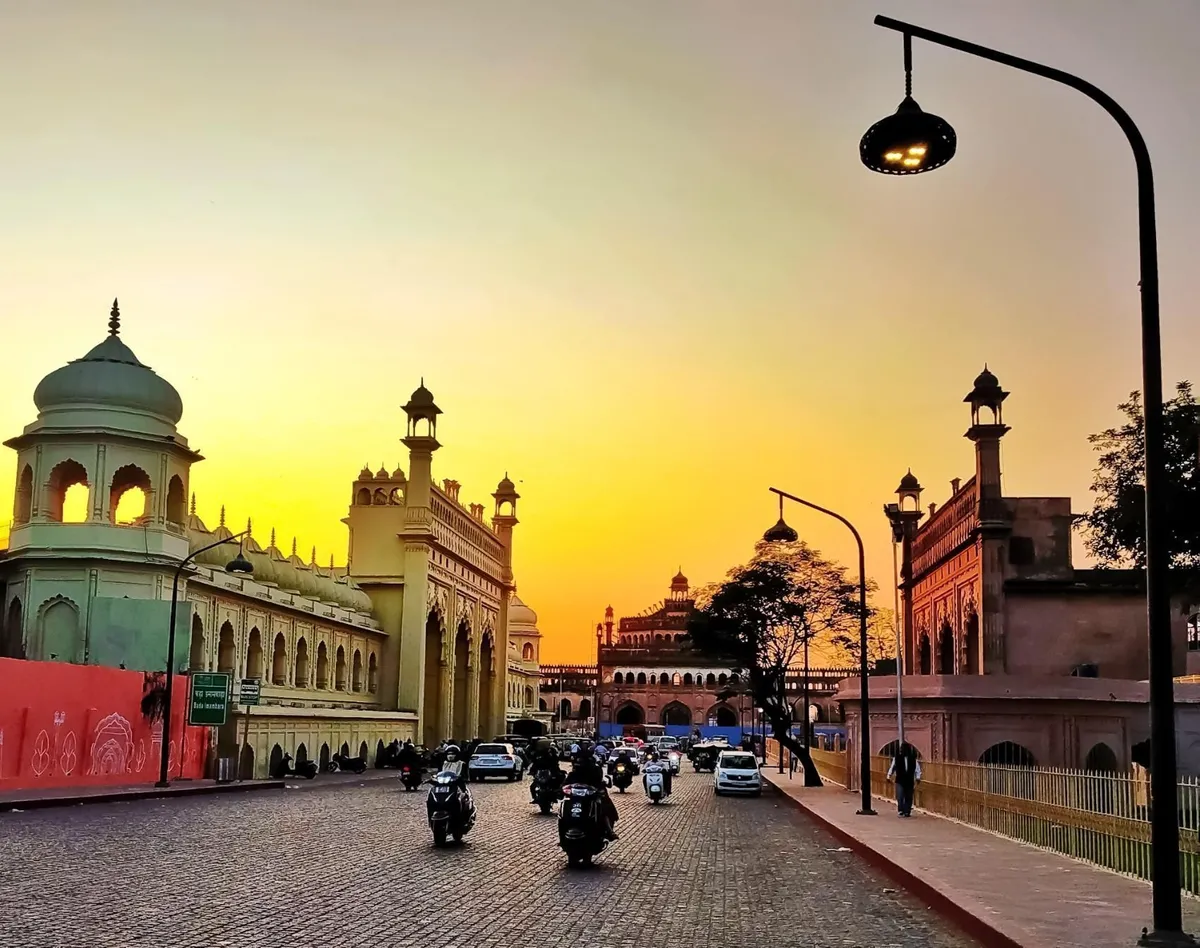
The term 'Tehzeeb' refers to refinement, manners, culture, and etiquette. In Lucknow, this culture was cultivated under the patronage of the Nawabs of Awadh, particularly during the reign of Nawab Asaf-ud-Daula and Wajid Ali Shah. The Nawabs were not only rulers but also highly sophisticated patrons of arts, architecture, literature, and gastronomy. Their court aimed to be the epitome of refinement, establishing a standard of living and interaction that seeped into the city's identity.
The Nawabs poured immense wealth into creating grand architectural marvels, symbolising their sophistication and taste:
Bara Imambara: As per Incredible India, ‘it is built by Nawab Asaf-ud-Daula to generate employment during a famine. It houses the famous Bhulbhulaiya, which showcases Mughal and Rajput design influences.’
Rumi Darwaza: A towering gateway built to emulate the Sublime Porte in Istanbul. Its grandeur reflects the Nawab's desire to position Lucknow as a major cultural centre.

Lucknow became the cultural epicentre of the Urdu language and poetry. The dialect spoken in Lucknow was considered the purest and most refined form of Urdu.
The Lucknow School of Poetry: This style emphasised romance, elegance, and intricate descriptions, distinguishing itself from the Delhi School's focus on existential pain and tragedy.
The Pehle Aap Culture: This famous facet of Tehzeeb, the practice of insisting ‘after you’ (pehle aap), symbolises the city's commitment to courtesy and respect, even if it led to humorous delays.
The Nawabi courts emphasised graceful conduct (Adaa), which became codified into a sophisticated code of manners:
Respectful Address: The use of polite, formal phrases like Aap, Janab, Hazoor and eloquent Urdu was mandatory. Even commoners adopted a refined manner of speaking.
Clothing and Aesthetics: The Nawabs were trendsetters, developing elaborate, delicate styles of clothing like fine chikankari embroidery and jewellery that reflected a high level of aesthetic taste.

Lucknow's food is a direct testament to the luxury and refinement of the Nawab era.
Tunde ke Kebab and Galouti Kebabs: These famous kebabs were created specifically for an ageing Nawab who had lost his teeth but still demanded the best, most tender meat. The Galouti Kebab is so tender that it literally melts in the mouth.
Dum Pukht: This complex technique of cooking meat and spices sealed in a pot was perfected in the Awadh kitchens, creating rich, aromatic, and delicate flavours that reflect meticulous attention to detail.
Don't Miss: Top 5 Markets To Visit Near Bara Imambara, Lucknow’s Bustling Gem

Chikankari: The delicate white floral embroidery technique, now world-famous, flourished under the Nawabs. It’s an art form requiring extreme patience and skill, reflecting the era's focus on meticulous craftsmanship.
Wajid Ali Shah’s Influence: The last Nawab, Wajid Ali Shah, was a poet, dancer, and musician. His passionate devotion to the arts further refined the city's cultural life, even as his political power waned.
The Legacy Endures: Even today, many older residents of Lucknow retain a distinct politeness and refinement in their speech and mannerisms that stand out in modern India.
Image credits: Freepik
Don't Miss: Bara Imambara To Rumi Darwaza: 5 Famous Heritage Sites in Lucknow You Shouldn’t Miss
If you liked this story, then please share it. To read more such stories, stay connected to HerZindagi.
Also watch this video
Herzindagi video
Our aim is to provide accurate, safe and expert verified information through our articles and social media handles. The remedies, advice and tips mentioned here are for general information only. Please consult your expert before trying any kind of health, beauty, life hacks or astrology related tips. For any feedback or complaint, contact us at compliant_gro@jagrannewmedia.com.